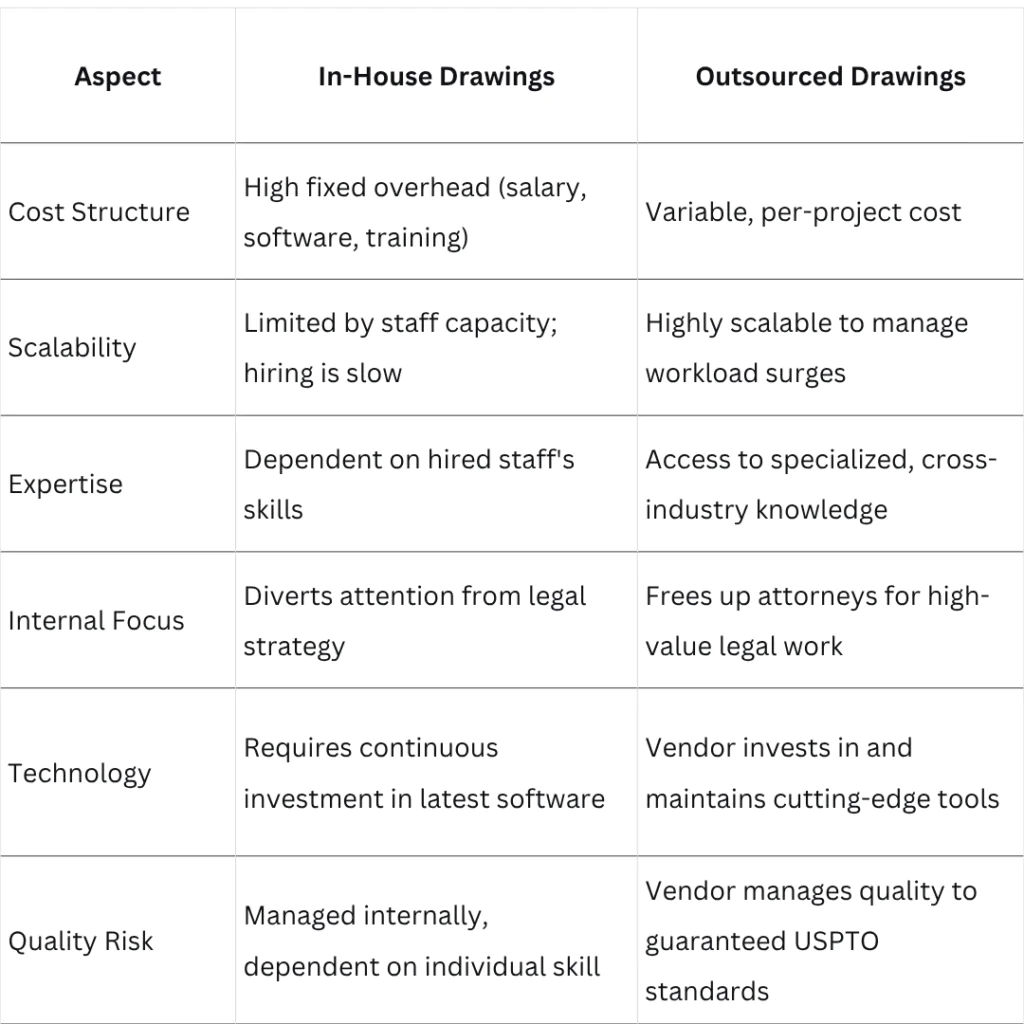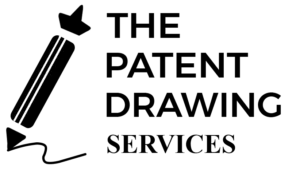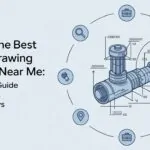For patent attorneys, managing a high-volume, technically diverse portfolio is a formidable challenge. Every hour spent meticulously adjusting line weights or ensuring compliance with the latest USPTO guidelines on drawings is an hour not spent on claim strategy, client counseling, or prosecution. Outsourcing utility patent drawings is not merely a tactic to clear a task from your docket; it is a strategic lever that can enhance your firm’s operational efficiency, reduce overhead costs, and improve the overall quality and consistency of your patent applications.
This guide provides a detailed roadmap for patent attorneys to build a scalable, reliable, and high-quality workflow for outsourcing utility patent drawings.
Why Outsourcing Patent Drawing Makes Strategic Sense
The decision to outsource is often triggered by specific pressure points, such as invention surges or hiring freezes . However, the benefits make it a wise long-term strategy for firms of all sizes.
- Significant Cost Reduction: Maintaining an in-house drafting team involves substantial, fixed overheads, including salaries, benefits, specialized software licenses, and ongoing training . Outsourcing converts these fixed costs into variable, per-project fees, providing significant cost savings and financial predictability . You only pay for the work you need, when you need it.
- Enhanced Scalability and Flexibility: Patent filing volume is rarely consistent. Outsourcing provides the elasticity to handle fluctuating workloads—whether it’s a sudden end-of-quarter push, a large product release cycle, or managing multiple filings from a major corporate client—without the commitment or delay of hiring .
- Access to Specialized Expertise and Technology: Professional patent illustrators are experts in the complex and precise requirements of major patent offices like the USPTO . They possess deep knowledge of different illustration styles, from mechanical cross-sections to software flowcharts, and use state-of-the-art tools like Canvas X Pro to create impeccable drawings from rough sketches or even 3D model files this ensures every drawing is technically accurate and fully compliant.
- Focus on Core Legal Work: Perhaps the most significant benefit is the reclaiming of your firm’s billable hours and strategic focus. By delegating the technical task of drawing, attorneys and agents can dedicate their energy to core, high-value activities like crafting robust claims, developing prosecution strategy, and building client relationships .
The Outsourcing Process, Step-by-Step
A structured workflow is crucial for ensuring quality, consistency, and efficiency when outsourcing.
Step 1: Prepare and Submit the Invention Materials
The foundation of a high-quality patent drawing is a clear and comprehensive brief from the attorney. The single biggest point of failure in outsourcing is unclear expectations . Your brief should include:
- A Clear Disclosure: Provide a detailed description of the invention, highlighting the novel features and how it works. Avoid dumping raw, unorganized notes; instead, provide a synthesized summary that pinpoints the problem and solution .
- Rough Sketches or Visuals: Submit any available visuals, including inventor sketches, photographs of prototypes, screenshots, or even 3D model files. Professional illustrators can work with all formats to create formal drawings .
- Claim Strategy Context: Inform the drafter of the intended claim strategy. Are you seeking broad coverage? Is this a continuation? This strategic context helps the illustrator emphasize the correct features in the views .
Step 2: The Professional Drafting Phase
Once the order is confirmed, the drafting service creates the formal drawings. Reputable services typically follow this process:
- Expert Analysis: Their draftsmen, skilled in USPTO guidelines, begin working on the drawings . They focus on creating views that show every feature specified in the claims with clarity and precision .
- Multiple Views Creation: They generate all necessary views—such as perspective, exploded, cross-sectional, and partial views—to fully disclose the invention .
- Reference Numbering: They add clear reference numerals and lead lines that will correspond with your specification .
Step 3: Review, Revise, and Finalize
Upon delivery, your firm should conduct a thorough review against USPTO rules and the application specification.
- Quality Control Check: Verify that the drawings are clear, all lines are sharp, and shading is used appropriately to show surface contours without obscuring details .
- Strategic Alignment: Ensure the drawings fully support the claimed invention and that all reference numerals match the description in the specification.
- Efficient Revisions: Professional services typically include one or two rounds of revisions to correct any issues, ensuring you receive a perfect, patent-ready product .
Choosing a Service Provider: Key Selection Criteria
Not all vendors are created equal. Due diligence in selecting a partner protects your
firm’s reputation and your clients’ intellectual property.
- Proven Expertise and Portfolio: Look for a provider with a verifiable track record and experience with a wide range of technologies. Review their portfolio for quality and adherence to USPTO drawing standards
- Security and Confidentiality: Ensure the vendor has robust security protocols, including secure file transfer and strict non-disclosure agreements (NDAs) to protect your client’s sensitive information .
- Clear Communication and Workflow: Choose a provider known for responsive communication and a transparent working process. This is vital for meeting tight deadlines and managing revisions efficiently .
- Pricing and Turnaround Time: While cost is a factor, the cheapest option can often be the most expensive if it leads to rejections or excessive internal review time . Look for transparent, value-based pricing and realistic turnaround times, including expedited options if needed.
In-House vs. Outsourced Drawings: A Comparative Look
The table below summarizes the key differences between handling drawings in-house versus partnering with a specialist.

Outsourcing utility patent drawings is no longer just a convenience for overworked attorneys; it is a strategic imperative for law firms aiming to optimize resources, control costs, and deliver superior client service. By partnering with a reliable and expert drafting service, your firm can transform a time-consuming, resource-intensive task into a streamlined, predictable, and high-quality component of your patent application process.
This allows you to focus on what you do best: securing robust and enforceable patent rights for your clients.
Ready to streamline your patent application process? Explore our specialized and guaranteed-compliant drawing services:




